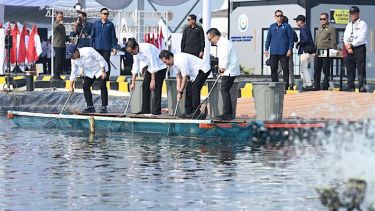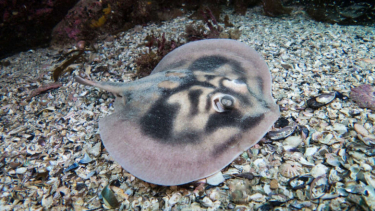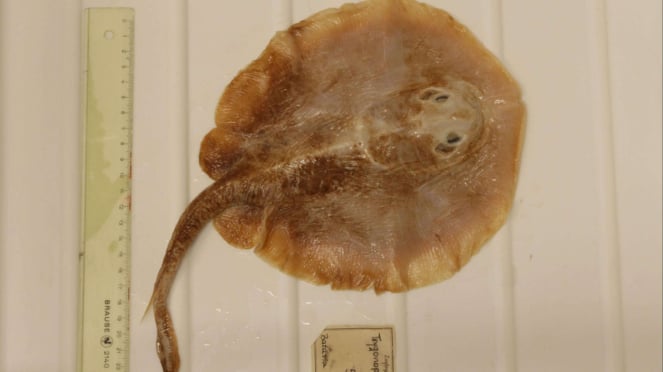Indonesian Java Stingray Marks First Marine Fish Extinction
- Mongabay
Jakarta – The Indonesian Java Stingray known solely from a single specimen collected in 1862 at a fish market in Jakarta, has officially been declared extinct and added to the updated Red List of Threatened Species, the International Union for Conservation of Nature (IUCN) announced Monday at the COP28 climate summit in Dubai.
The loss of one of the relatives of stingrays marks “the first instance of a marine fish species going extinct due to human activities,” said Craig Hilton-Taylor, the head of the IUCN Red List Unit.
Intensive and unregulated fishing, coupled with coastal habitat loss and degradation due to industrialization, were the primary factors leading to the extinction of the Java Stingaree, according to lead assessor Julia Constance, a PhD candidate at Charles Darwin University in Australia.
Ikan pari Jawa punah
- Mongabay
The IUCN’s Red List, established in 1964, is the world’s most comprehensive resource for assessing the extinction risk and status of animal, fungus, and plant species. It offers critical data on their range, population, habitat, threats, and conservation actions for informed decision-making and policy changes.
“Climate change is a threat to the diversity of life in our planet. Today, we bring with us evidence of the effects of climate change in the destruction of nature on species,” Gretel Aguilar, IUCN Director General, told reporters in Dubai.
The number of species on the Red List has gone up from 150,388 to 157,190, while 44,016 – almost 2,000 more than the previous count – are considered at risk of extinction, according to IUCN. There was no regional breakdown.
Other species in the updated list include green turtles, categorized as “endangered” in the Central South Pacific and “vulnerable” in the East Pacific, mainly due to increasing sea temperatures, elevated water levels inundating its nests, diminished food – seagrass, as well as adult turtles frequently falling victim to industrial fishing as by-catch.
The updated Red List also highlights successful conservation efforts, as seen in the scimitar-horned oryx, which has progressed from “extinct in the wild” to “endangered” due to successful reintroduction in Chad.
Similarly, the previously “critically endangered” saiga antelope has improved to “near threatened” after the population increased by 1,100% in just seven years, mainly in Kazakhstan, due to strict anti-poaching measures.
However, both species still face growing climate change threats in their respective regions, with the oryx contending with increased droughts in the Sahel region of Africa and the antelope experiencing “mass mortality” in 2015 due to extreme temperatures and humidity.
Climate impact show in fish assessment
Globally, a quarter of freshwater fish species are at risk of extinction due to warming temperatures, overfishing and pollution, according to the first global freshwater fish assessment by IUCN, which was included in the latest Red List update.
The assessment includes the elusive Mekong giant catfish, whose population has come under duress due to dam construction and overfishing in the Lower Mekong region, as well as Atlantic salmon that saw a 23?crease between 2006 and 2020.
Climate change impacts at least 17% of endangered freshwater fish species, leading to declining water levels, the intrusion of seawater into rivers due to rising sea levels, and changing seasons, it found.



































